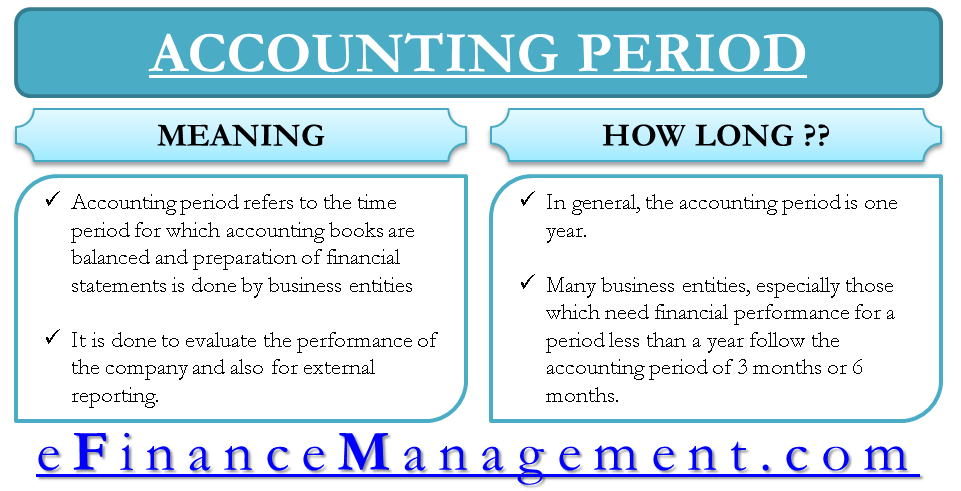Contents
At first, Ichimoku Cloud might appear to be a bit difficult to understand, and that’s logical because it has so much to offer as a technical indicator. Modus operandi of Ichimoku cloud includes considering multiple averages and plotting them on a chart to predict the support and resistance zones. TENKAN SEN – This is a 9-day moving average line that shows the average value of highs and lows on the charts over the last 9 days.

Andrew Keene illustrates the importance of the cloud and shows you how to identify, at a single glance, if a security or other financial product is trading in bullish or bearish territory. For creating the lines, whenever every point ends, go to the above step once again! It will help you create new data points for every period. Ultimately, you can connect all data points and create the lines and clouds.
How To Trade Using Ichimoku Cloud and Identify Trends
Making profits in Stock Trading Marketplace involves Market Monitoring Skills, Special tools to watch and follow trade types, and an in-depth understanding of market trends and scripts. The Ichimoku Cloud is like a Swiss Knife indicator that suggests support/resistance, direction of momentum or trend, and alerts you when a buy or sell gets trigerred. It is referred to as the Lagging Span, the reason being it is plotted 26 periods to the left, while all the other averages are plotted to the right.
- It also uses these figures to compute a “cloud” that attempts to forecast where the price may find support or resistance in the future.
- Ditto the material available on brokers’ websites, normally far more descriptive than analytical.
- A price above the Kumo indicates a bullish trend and a price below indicates a bearish one, whereas price within the Kumo signifies a possibly trend-less scenario.
- At , you get small business ideas, startup and business blogs, trending world business news, and success tips that ensure sustainable growth and development of your business under one roof.
- That is ok, but there is a certain method of analyzing the Ichimoku.
Onchart is drawn some of the indicators, but not all, a info panel is… Pfaudler Inc held a 31.88% stake in the company as of 30 September, as per stock exchange data. Total promoter stake will fall to 26.18% from 56.06% currently.
Moving Average Convergence Divergence is a development-following momentum indicator that reveals the relationship between two moving averages of a security’s value. The MACD is calculated by subtracting the 26-period Exponential Moving Average from the 12-interval EMA. The MACD indicator is special as a result of it brings collectively momentum and development in a single indicator.
The Ichimoku Kinko Hyo, or Ichimoku for brief, is atechnical indicator that is used to gauge momentum together with future areas of support and resistance. The Ichimoku cloud technical evaluation indicator produces clear purchase and sell indicators to chartists. Ichimoku cloud is short for “Ichimoku Kinko Hyo” and is a mix of a bunch of moving averages.
At , you get small business ideas, startup and business blogs, trending world business news, and success tips that ensure sustainable growth and development of your business under one roof. Thanks you Sir, could you throw some light on how much percentage should be a a realistic target while using ichimoku on a daily timeframe. Join all the data points to each other, and you’ll observe lines and cloud formation. Now, the difference between Leading Span A and Leading Span B creates a cloud, and this cloud is coloured for visual aid. Calculate Leading Span B, and just as you did in Leading Span A, plot it 26 periods into the future as well.
Components of ICHIMOKU cloud
Exponential transferring averages highlight current changes in a inventory’s price. By evaluating EMAs of different lengths, the MACD sequence gauges modifications what does llc mean in the development of a stock. The Ichimoku Cloud is a method for technical analysis that combines a number of indicators in a single chart.
You may also hold the trade until the conversion line drops below the baseline while using any other line as an exit point. While calculating Ichimoku, the highs are the highest prices seen during a trading period, while the lows are the lowest prices. For instance, it could be the highest as well as the lowest prices over the last nine days, if we consider the Conversion Line. You can automatically add the Ichimoku cloud indicator to your calculation chart to get the results. However, if you choose to undertake your calculations manually, you need to follow these seven easy steps. The Ichimoku indicator offers more data points than those provided by a standard candlestick chart.
Please note that by submitting the above-mentioned details, you are authorizing us to Call/SMS you even though you may be registered under DND. Pay 20% or “var + elm” whichever is higher as upfront margin of the transaction value to trade in cash market segment. Update your mobile number & email Id with your stock broker/depository participant and receive OTP directly from depository on your email id and/or mobile number to create pledge.
The cross represents a powerful signal, and many traders use it as a sign of trend reversal. The same chart displays trends that start or end when the cloud changes its color. This indicates a ‘buy on dips’ action in the stock price. The present chart pattern is signalling a negation of last week’s negative reversal pattern as per weekly chart . Volume has picked up during recent upside breakout in the stock price and weekly RSI has turned up from near upper Rs 60 levels. If you are a day trader or a scalper, then you can use Mr. Ichimoku on shorter time frames from 1-minute chart to 6-hour.

The Indicator tells us a lot about the existing trend in the market. The trend can be assumed to be bullish if the price is trading above the cloud, and vice-versa if the price is trading below the cloud. And if the prices are trading between the clouds, then the trend can be assumed to be Trendless or Transitioning. So, it is best if we avoid trading in the trendless zone as the market might spend a lot of time there before making an actual move. Blue line – It is another moving average function that is similar to the Tenkan Sen , but it uses 26 days average instead of 9 days.
What is Ichimoku Cloud? How to use it in Trading?
Other promoter shareholders hold a 24.18% stake in the company. Price is also at the 23.20 retracement of the Rs 500-1,150 rally. On the daily time frame, price shows e-breakout of a falling trend line and this is a clue that an impulsive move in the direction of the trend is about to start. Buy above Rs 1,060 for a rally to Rs 1,150 and above that to Rs 1,250. This pattern indicates a validation of the upside breakout of important resistance and this suggests more upside for the near term. The downward correction of last week has placed the stock price at the support of previous upside breakout area and has resulted into a sustainable upside bounce on Monday.

It is a moving average of the highest high and the lowest low over the last 9 trading days. Ichimoku Kinko Hyo, meaning “equilibrium at a glance chart“, allows a trader to rapidly and effortlessly evaluate the trend, momentum, and support and resistance levels in one chart. The indicator chart integrates 3 indicators into one and provides a filtered approach to the price action for traders. Additionally, this approach increases the probability of trade in the currency market and also assists in isolating the correct momentum. By employing the Ichimoku trading strategy, you can see the relevant information about your trade at a glance, by using averages.
Do Indicators Work in Forex?
Tenken-Sen Line also known as Conversion Line and is indicated by a blue line in the chart. Offers a detailed look at this proven approach as well as its technical strategies. Understanding the six components of the cloud and how to use them. Allows you to express your support https://1investing.in/ for your favourite Writers/Authors. The blog posts/articles on our website are purely the author’s personal opinion. The content in these posts/articles is for informational and educational purposes only and should not be construed as professional financial advice.
The indicator was developed by journalist Goichi Hosoda and published in his 1969 e-book. The Ichimoku Cloud is a collection of technical indicators that present help and resistance ranges, as well as momentum and trend course. You can consider a trend to be an uptrend if the stock is trading above the green cloud. If such kinds of pattern form, then you can consider the stock is strongly bullish. On the other hand, a trend will be a downside if your stock is trading below the red color cloud and you can assume it as strongly bearish.
There is some material available online, but what I’ve seen has been pretty cursory. Ditto the material available on brokers’ websites, normally far more descriptive than analytical. I’ve viewed a webinar by the author on the subject, and think that he has a good handle on it. I didn’t find his inclusion of references to his add-on services at all inappropriate. He’s in business, and I see nothing wrong in his asking those favorably impressed by this work to check out his wares, particularly since the price is a whopping 2.99. Mr. Keene also recommends complementary products and services.
Who developed the Ichimoku Indicator?
The overall trend goes up when the price rises above the cloud. Conversely, the trend goes down when the price falls below the cloud. However, when the price stays in its position in the cloud, the trend or transition ceases to exist. After making a high of Rs 330, price has corrected down to Rs 240, which is the area of previous resistance that is now acting as a support area. The current corrective declines offer a chance to buy at first correction in a new uptrend. In Elliott wave terms, the price is a wave 2 in the trend.
